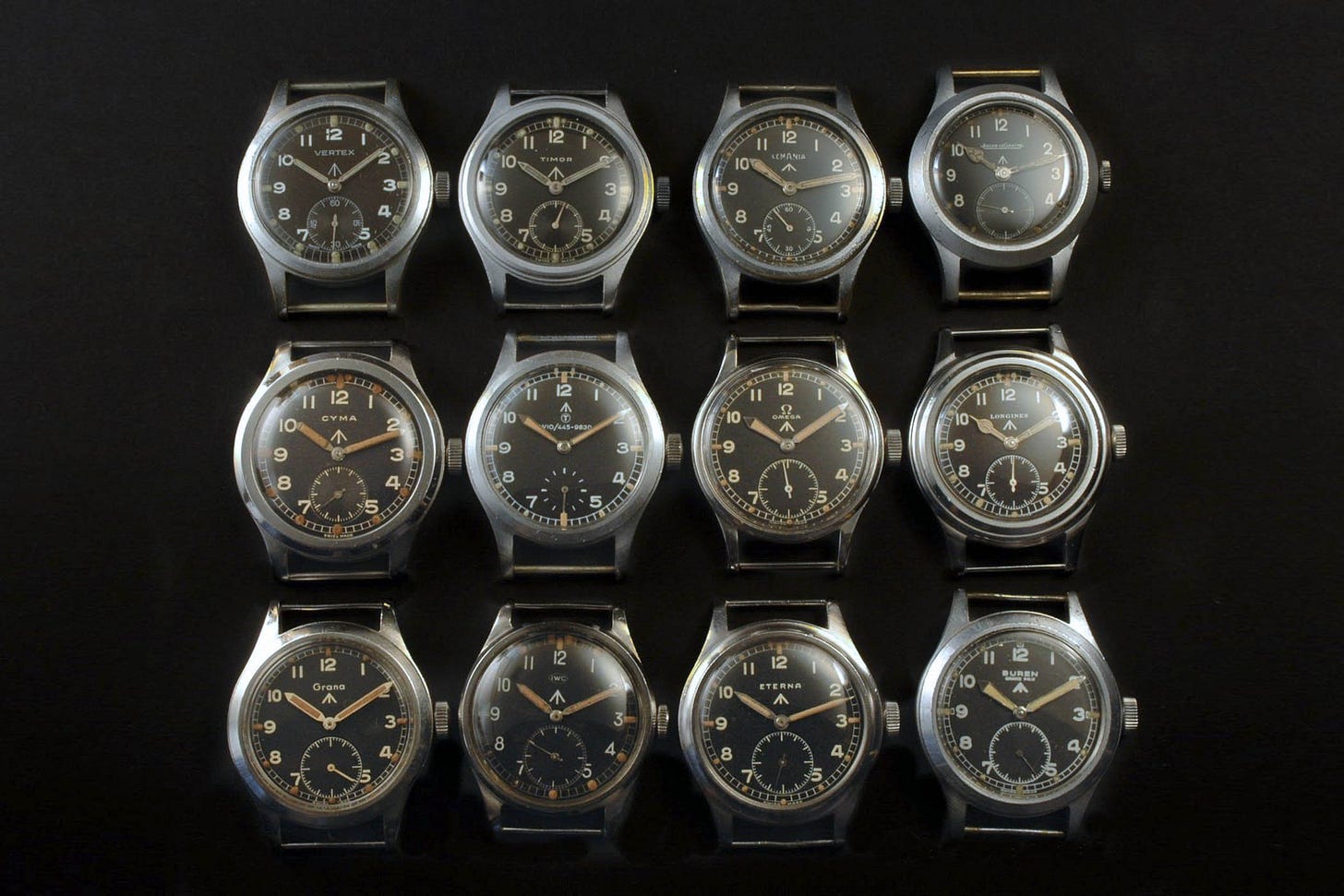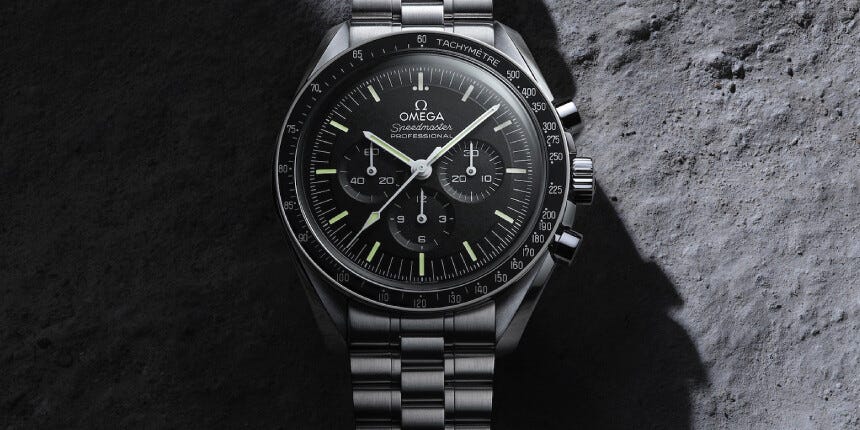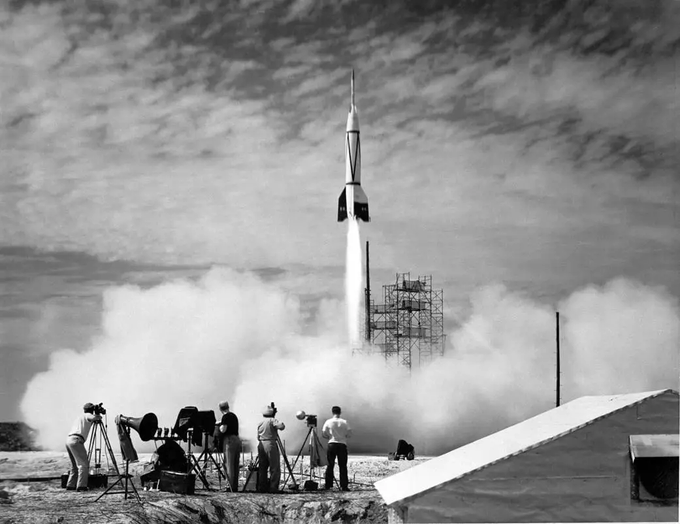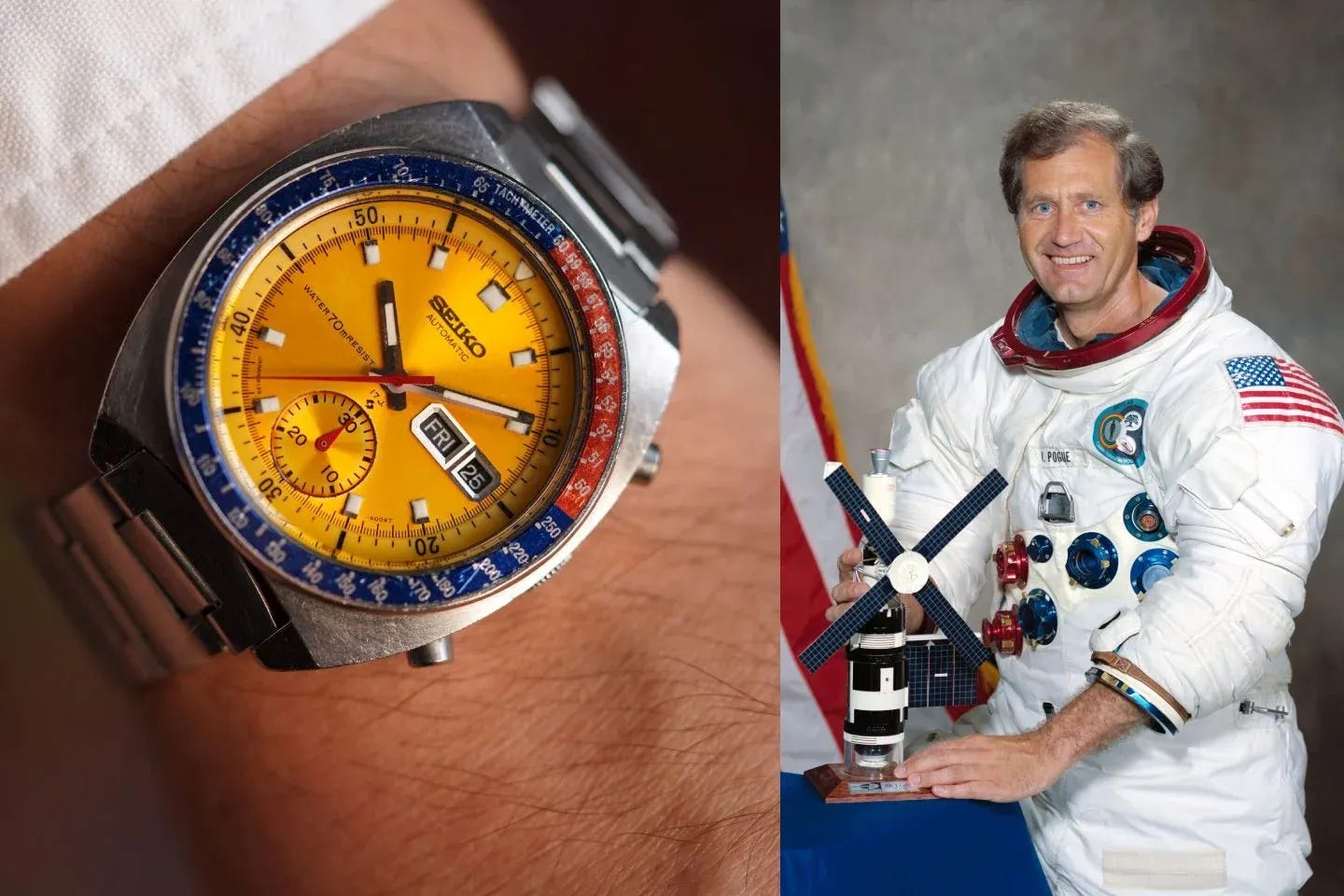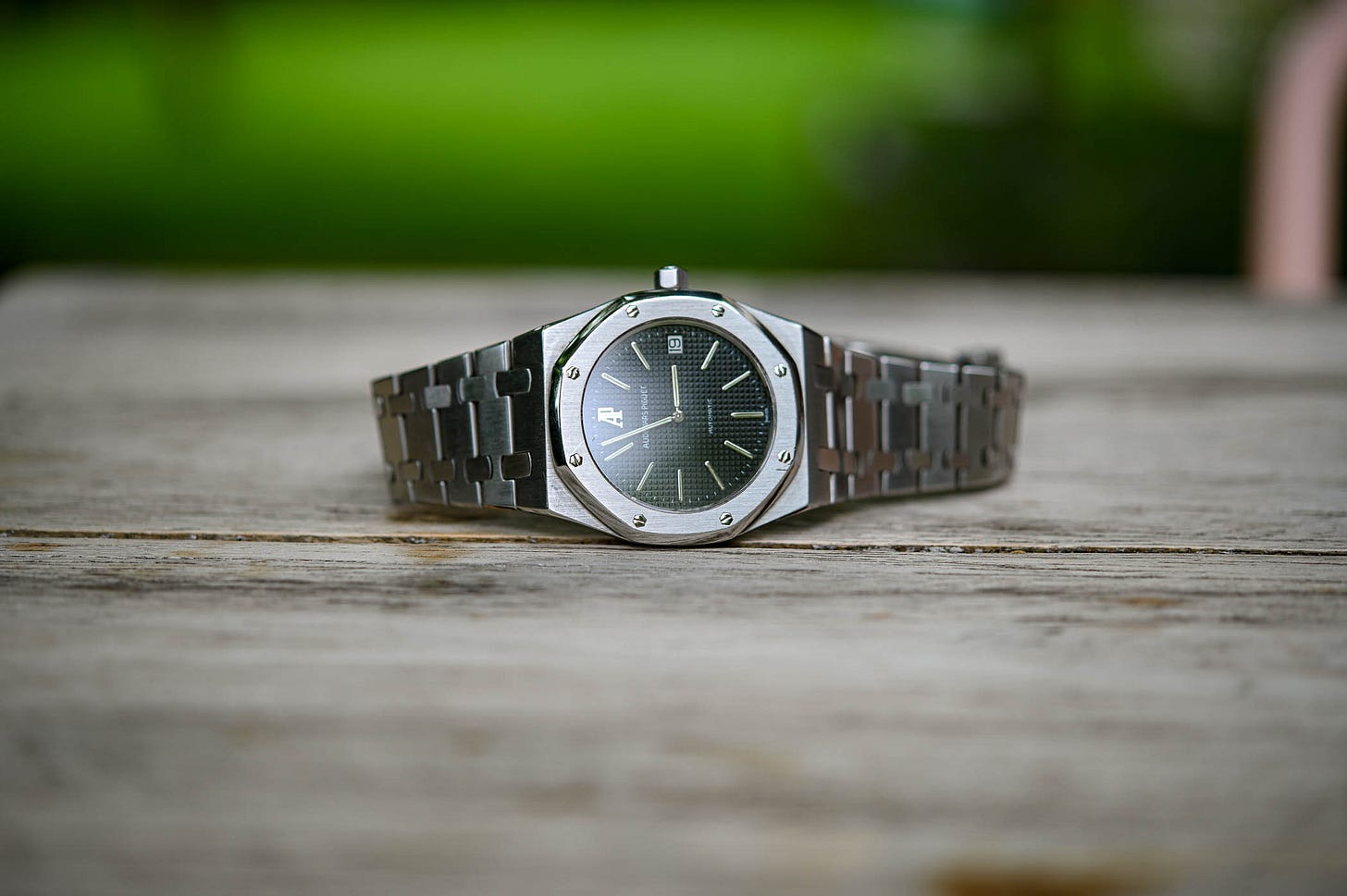How this one watch saved a brand
Sometimes a single watch changes everything. It rescues a struggling company, redefines its identity, or places it in the history books forever. This week, we’re diving into three watches that did just that—each one a turning point in its brand’s story. Grab yourself a coffee and get ready to learn something new in the next 6 minutes.
🪖 1. The Dirty Dozen: When War Forged Legacy
In the midst of World War II, the British Ministry of Defence needed a wristwatch that could keep up with the battlefield. The brief? Rugged, legible, water-resistant, shockproof, and precise. Twelve companies rose to the challenge—Omega, Longines, IWC, Jaeger-LeCoultre, and nine others—each producing their version of what would come to be known as The Dirty Dozen.
These watches weren’t designed for elegance—they were built for survival. With hacking seconds, durable cases, and luminous dials, they were engineered to be as tough and reliable as the soldiers who wore them.
For many of these manufacturers, fulfilling this contract kept the lights on during wartime. At a time when luxury watch sales had plummeted, the military commissions provided both income and purpose. It also gave these brands an opportunity to demonstrate their technical expertise under real-world, high-stakes conditions.
And long after the war ended, the Dirty Dozen left a lasting impact. These military-issue watches gave brands like IWC, Omega, and Longines a reputation for reliability under pressure—reputations they still carry today. This reputation would later help these brands pivot into the postwar era, marketing their wartime toughness to a growing civilian market that now valued precision and durability in everyday life.
Collectors now seek out full sets of all 12, with the rarest being Grana. But more importantly, these watches forged a wartime legacy that helped their brands stay relevant post-war—and proved that form can follow function without losing an ounce of soul.
🌕 2. Omega and the Moonwatch: A Legacy Launched
By the 1960s, Omega was a respected brand—but not necessarily the brand.
That changed in 1969 when NASA astronauts stepped onto the Moon wearing the Omega Speedmaster. But the journey to that moment started much earlier. NASA subjected several chronographs to brutal tests: extreme temperatures, shocks, pressure, humidity—you name it. Only the Speedmaster survived.
From that moment, the Speedmaster wasn’t just a tool. It became the Moonwatch—a marketing goldmine Omega smartly leaned into for decades. It offered the brand something few others could claim: space heritage. That story turned a great chronograph into an icon and helped Omega weather the storm of the quartz crisis that hit just a few years later.
Today, no Omega booth, boutique, or brochure is complete without a nod to the Moon. And it all started with one tough mechanical chronograph built to go where no watch had gone before.
You can read the full story here:
The truth behind Omega and the Moon
On May 25, 1961, John F. Kennedy stood before Congress and made history: "I believe that this nation should commit itself to achieving the goal, before this decade is out, of landing a man on the Moon and returning him safely to the Earth." The stakes? Immense. This wasn’t just about space. It was about asserting technological dominance all over the wor…
🛰 3. Seiko’s 6139: The First Automatic Chronograph in Space?
In 1969, while Omega was headed to the Moon, Seiko was preparing its own silent revolution.
That year, Seiko released the 6139—one of the world’s first automatic chronograph movements. But here’s where the story gets fascinating: in 1973, astronaut Colonel William Pogue flew to space aboard Skylab 4... with a Seiko 6139 on his wrist.
He had trained with the Seiko on Earth and preferred it for its comfort and functionality. NASA may have officially issued the Speedmaster, but Pogue brought his personal Seiko into orbit. This made the 6139 arguably the first automatic chronograph worn in space—a title not widely known outside watch-collector circles.
Seiko didn’t immediately capitalize on this moment. But in hindsight, it marked a major turning point. It proved the brand’s technical ability to rival the Swiss. And decades later, collectors and enthusiasts reappraised the 6139 as a hidden gem of horological history. It wasn’t just a space watch—it was a foreshadowing of Seiko’s global rise.
⌚️ Watch of the Week: Audemars Piguet Royal Oak Ref. 5402ST
In the early 1970s, the Swiss watch industry was in freefall, battered by the rise of cheap quartz watches. Audemars Piguet—a respected but relatively niche brand—needed a miracle.
That miracle came in the form of the Royal Oak, designed by Gérald Genta in 1972. With its bold octagonal bezel, exposed screws, and integrated bracelet, it broke every rule of luxury watch design. And the biggest shock of all? It was made of steel… but priced like gold.
The watch community was stunned. At first, the Royal Oak was polarizing. But slowly, it caught fire—especially among the fashion-forward elite in Italy and France. Over time, it didn’t just succeed. It redefined what a luxury sports watch could be.
Today, the Royal Oak isn’t just AP’s flagship—it is AP. Without the 5402ST, Audemars Piguet may not have survived the 70s. And without it, there’d be no modern obsession with integrated steel sports watches.


